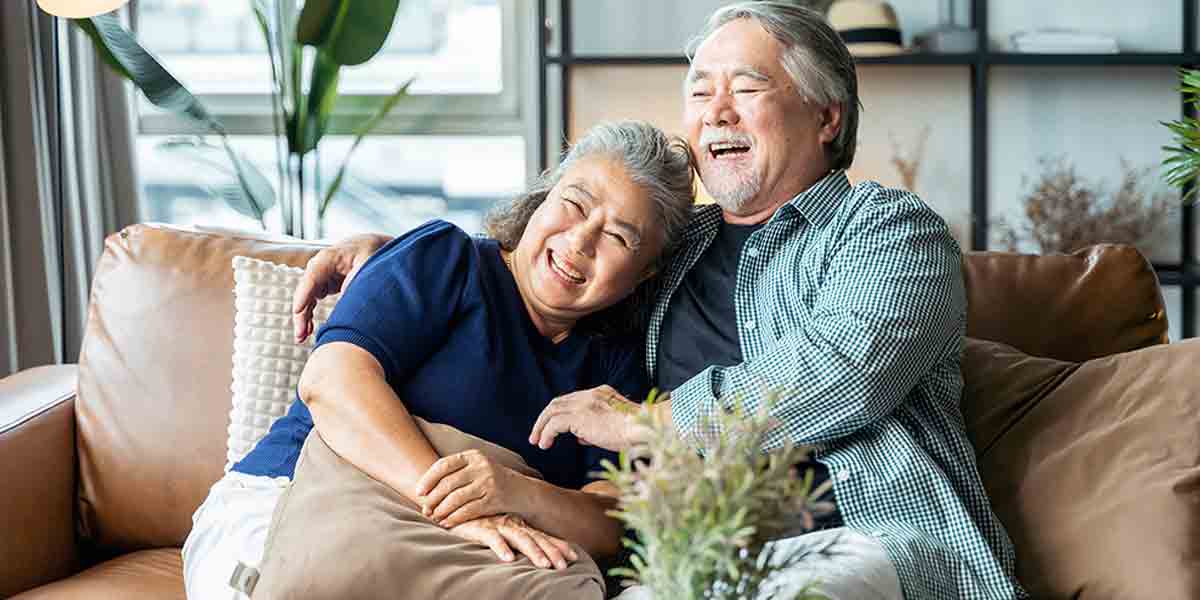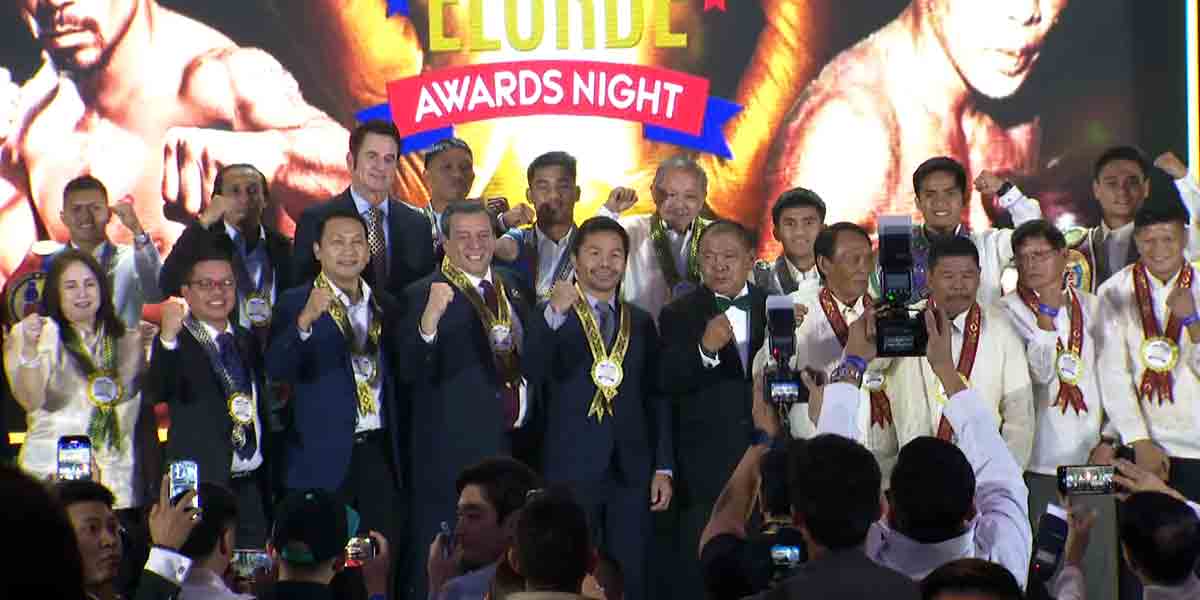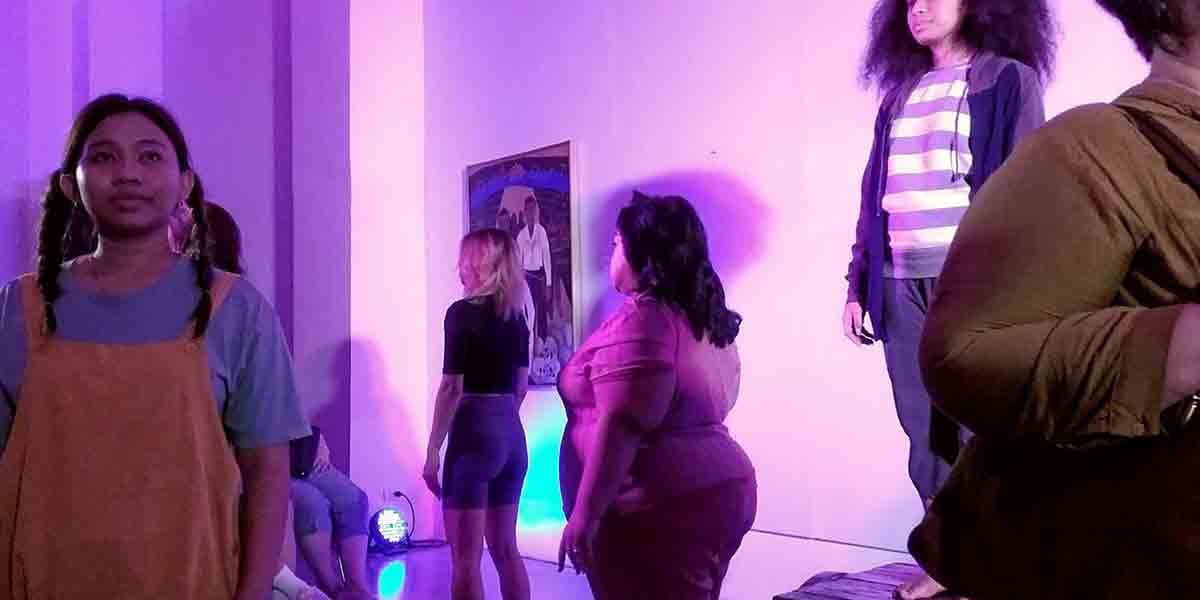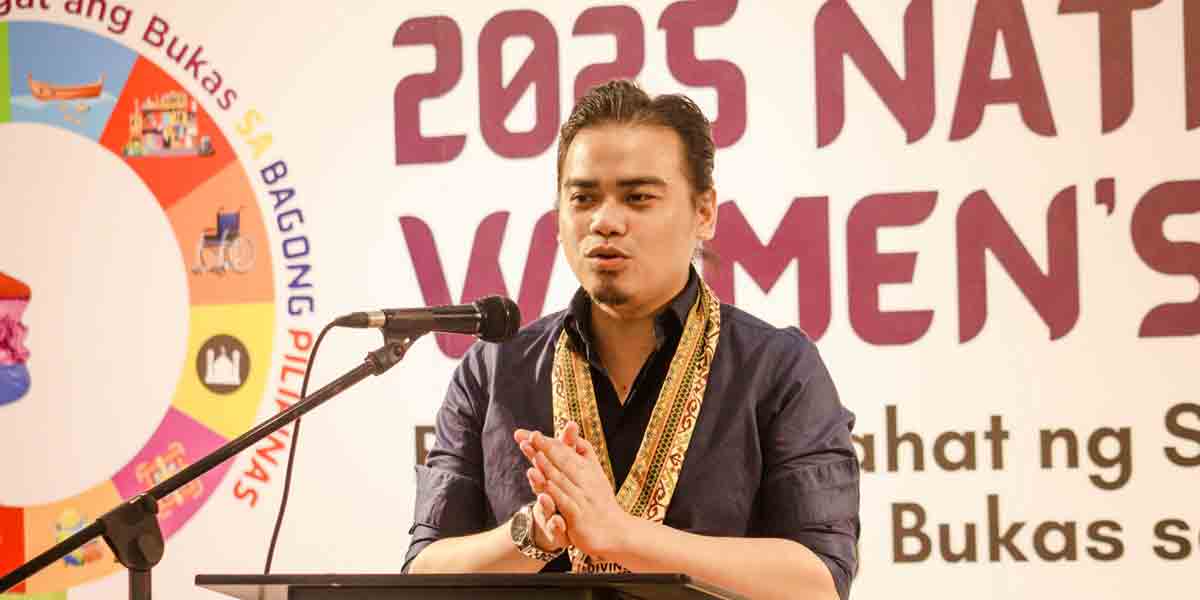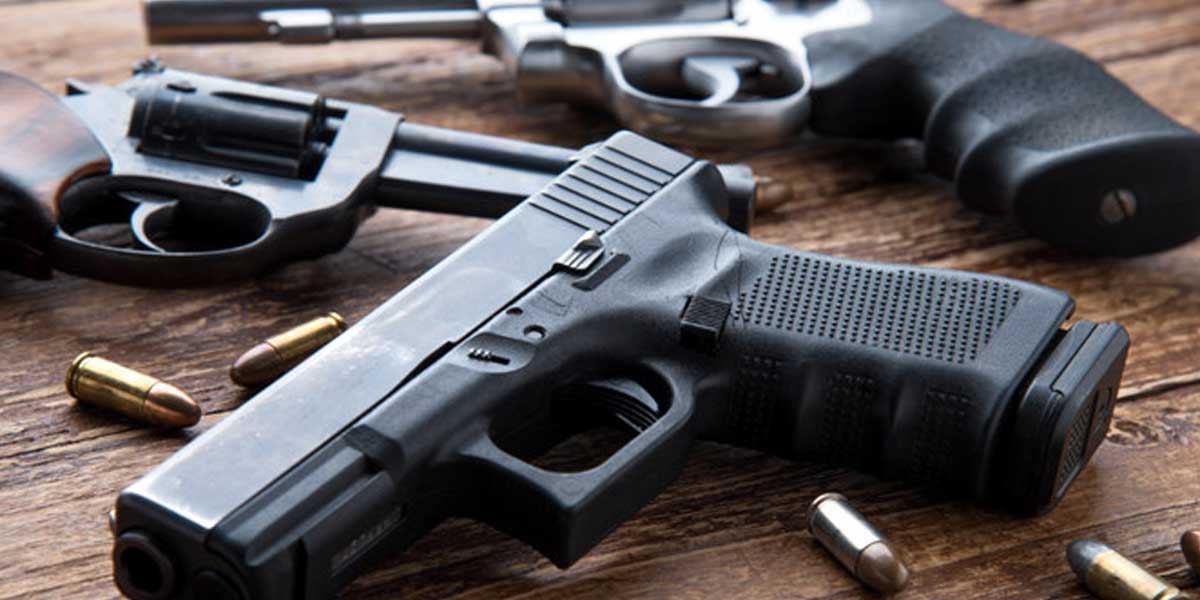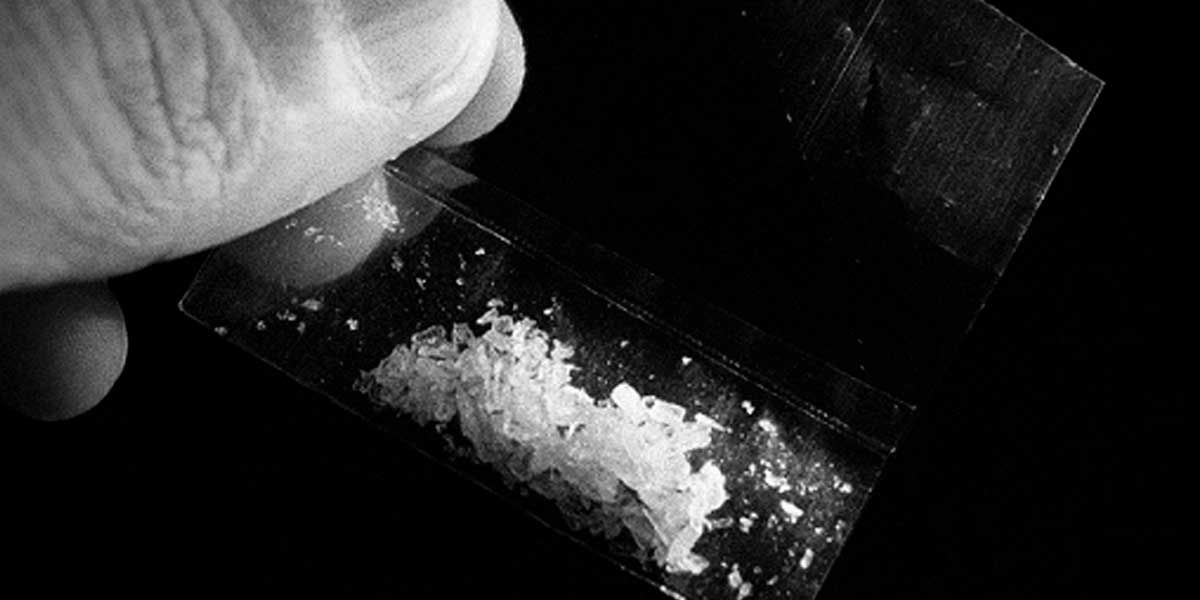By Fr. Shay Cullen
Athletes are admired, respected, and imitated by millions of fans and followers around the world and they have influence because of their willpower to succeed, overcome hardship and achieve near-impossible goals. That is the way it is for many great Philippine athletes since almost all of them come from very poor families and have unique sporting abilities. However, they have few sponsors and backers to enable them to train and develop their skills and prowess to reach their maximum ability in their chosen sport.
The Philippine Sports Commission (PSC) is the government body that is supposed to provide the best state-of-the-art athletic training facilities, opportunities, and financing for Filipino athletes to train and develop their abilities to compete worldwide and bring home the trophies. However, research done by the Institute of Nationalist Studies shows that the PSC is seriously failing Filipino athletes. Despite the problems and lack of funding and support for the athletes, many Filipinos have succeeded. Hidilyn Diaz became the first Filipino ever to win a gold medal for the Philippines in 2021 at the Tokyo Olympics.
However, the PSC is in a dark shadow over allegations of corruption. There is no Philippine national sports training center to enable the athletes to train and grow. Each has to find their own way to compete in international competitions and rely on their own abilities and the kindness of friends, with little or no encouragement, affirmation, and with minimum support of the government, if any at all. These athletes raise funds themselves, like Michael Martinez, a greatly skilled Filipino figure skater and multiple trophy winner. He was hoping to join the Winter Olympics this year and had to have a GoFundMe page and a G-cash account for donations.
According to a research report by the Institute of Nationalist Studies in August 2021, Olympic boxing qualifier, Irish Magno, was so neglected and underfunded that she could not even send a few thousand pesos to her poor hungry family in the province. The Institute reported that the para-athletes, Edwin Villanueva and Adrian Asul, members of the Philippine Paralympic swimming team, revealed that they were not given government financial allowance since 2019 and had to make do with poor living conditions, gritty food, and uncomfortable accommodation during their training. No love, care, support, or high-powered vitamin or protein diet for them.
The Institute report went on to say that Alex Eala, a highly qualified Filipino tennis player, denied that the PSC had given her three million pesos for training and support. She announced that she never got a single centavo for travel to the Grand Slam or any support. Where did the so-called three million pesos go, who got it? That indicates why few Filipinos if any, make it to the international tennis grand slams.
Hidilyn Diaz, weightlifter, the first Filipino ever to win a gold medal at the Olympics, had great difficulty getting funding for her bid. When she went public requesting support, it was deemed critical of the President and she was viciously vilified online by his supporters. Her determination and courage kept her going all the way to Tokyo where she triumphed and brought honor to the Philippines, winning Gold, no great thanks to the PSC. Other nations allocate hundreds of millions of dollars to train their athletes. Corruption is the root cause of the problem in Philippine sports. Officials are in government to serve mostly themselves.
The NBI was called in at one stage and discovered an official of PSC had allegedly stolen 14 million pesos over five years that should have gone to the athletes, no doubt, one of many alleged scams and corrupt dealings in the PSC. The amazing thing is that so many Filipino athletes, despite all this skullduggery by government officials, achieve so much by winning trophies and inspiring the youth and nation. Sadly, the corruption and lack of support mean few Filipinos make it to the world tournaments.
Another great Filipino athlete is Meggie Ochoa, a Jiu-jitsu champion. She won a gold medal at the Jiu-Jitsu International Federation World Championships in Sweden in 2021, the first Filipino to do so. She became world champion three times and won a bronze medal at the Asian Games in 2018. Under-funded, she had to raise her own funds to get to the tournaments, with no government funds for her and she has achieved so much. More than that, she inspired this headline, “Jiu-jitsu champ Meggie Ochoa battles Philippines’ sex abuse scourge.” She is a committed defender and campaigner for the rights of abused children.
The sexual abuse of athletes is no secret. Children and youth, all minors, are the most vulnerable of all. In the Philippines, the average athlete in training or on a team is poor, vulnerable and under the ascendancy and control of the coach, manager, trainer or sports doctor. The youth athletes are in awe or in fear of the master who runs the training. That power of the trainer or coach leaves the door open to child sexual abuse in the sports world of youth. Meggie Ochoa sees the extent of child sexual abuse in and outside of sports, too, and has become a child rights advocate.
Child abuse is so widespread that Unicef tagged the Philippines as the world epicenter of online child sexual abuse and sex trade in 2017 and it has grown non-stop since. “It’s an awareness campaign to get people talking about the issue,” she said. Maggie holds a presentation on the issue after her demonstration bouts. American Olympic judo athlete Kayla Harrison was sexually abused by her coach and found the courage to speak out about it and hold him accountable.
Research shows that the coach or trainer is the main sexual abuser of minors in sports. In swimming, it is mostly girl victims and in tennis, it is mostly boy victims, researchers found. Athletic peer group pressure also leads to the sexual abuse of minors in sports. The older athletes have a powerful influence on juniors and can groom and bring them into a dependent relationship where the abuse occurs.
Sports doctors also have influence and can abuse the youth to get sexual gratification. Doctor Larry Nassar, a former USA Gymnastics doctor, is the most notorious, and when many sexually abused gymnasts made complaints to the USA Gymnastics and the US Olympic and Paralympic Committee, both created by US Congress to protect athletes, it was revealed both “failed to do their jobs.”
They also reported the crimes to the FBI but the agents failed to investigate Nassar. He continued to abuse athletes for two more years. In the United States, one in 12 young athletes is sexually abused. That is 13 percent of all young athletes. It is likely to be similar or even worse in the Philippines and other countries.
The institutional cover-up of child abuse crimes in sports and society are crimes of abuse themselves. The authorities will protect the institution, the “favored son” and high officials and ignore the victims. The BBC revealed that the UN has a huge problem of sexual abuse and harassment. Complaints and whistleblowers have been fired. Many of the abusers have immunity from prosecution being UN diplomats. Most institutions instill fear and issue threats to prevent victims from reporting abuse and when they do, the apathy and indifference among officials allow it to continue.
Life for a child or youth in sports is not a fair game. Child abuse victims do not often win when they challenge injustice. Like Meggie Ochoa, we all need to be child rights advocates and give support and voice to the cries for help of abused children.








